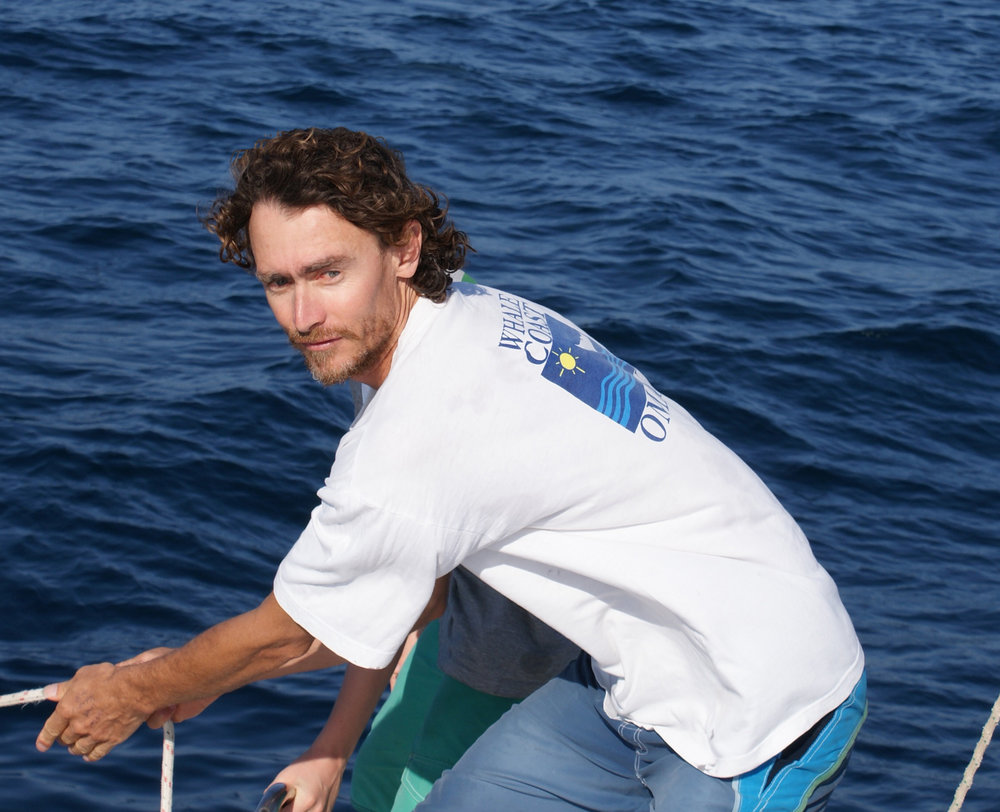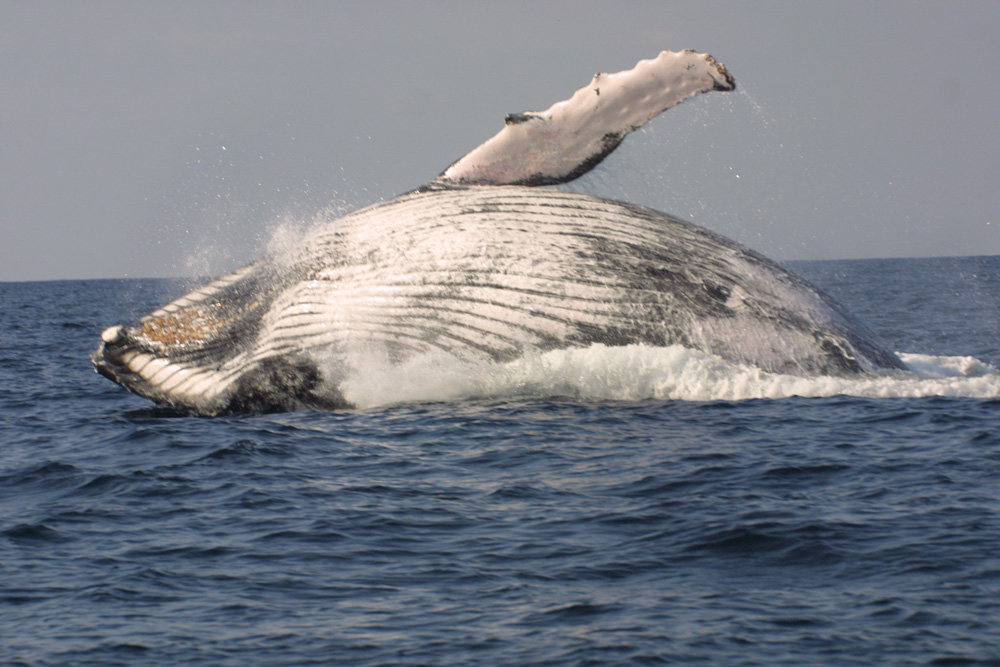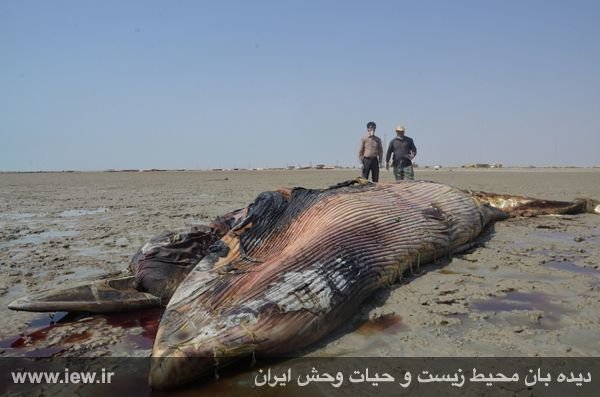How much we know about cetaceans of Persian Gulf and Gulf of Oman?

Unlike whales which are currently extremely rare cetaceans were abundant in the Persian Gulf. Some anecdotal reports of stranded whales have been received, usually without an identification of the species.
It seems cetacean populations have declined significantly in the Persian Gulf and the Gulf of Oman. This is probably because of three factors: a reduction of fish stocks due to commercial exploitation, water contamination primarily due to discharge of petroleum products into the Persian Gulf, and a global decline in numbers.
The Tehran Times had an interview with Robert Baldwin, conservation scientist and Oman Director. Baldwin has over 20 years of experience in environmental consultancy and marine conservation initiatives, and specializes in Environmental Impact Assessments, Marine Protected Areas Management and Marine Wildlife Research.
Baldwin has lead both long and short-term research-oriented conservation and resource management projects, including focused studies (especially on sea turtles and cetaceans) and multidisciplinary studies. This marine conservationist is recognized for his contribution to marine conservation and research on whales, dolphins and sea turtles in the Middle East. He has also worked and travelled extensively in other parts of the world, both spreading and building his experience in the conservation of marine and coastal environments and species in an increasingly challenging global scene.

Below is the text of the interview:
Q: Why marine mammal’s conservation in the Middle East sparks your interest?
A: My interest first sparked due to the lack of knowledge of this group of remarkable mammals. Even today, 25 years on, we still have so much to learn.
Q: Which part of marine fauna is more interesting for you as a multidisciplinary researcher?
I have a special interest in cetaceans and turtles. One of the reasons for this is that together they occupy habitats from the beach to the deepest offshore waters. Since my intention is to help protect coastal and marine environments, these two group of marine animals cover a wide range of habitats.
Q: What is the difference between cetacean populations in the Oman and Persian Gulf with other populations around the world?
A: Some of the species here are isolated and have become genetically distinct from populations elsewhere in the world. Many have adapted to local conditions. For example, the rare Arabian Sea humpback whale population feed and breed in the same region and does not perform the long migrations between feeding and breeding areas that other populations of this species regularly undertake.
Q: Is there any genetic difference between them and other populations?
A: The Arabian Sea humpback whale is among few species about which we haven’t any detailed genetic data in the region. These reveal that the population originated from a Southern Hemisphere stock, but has been isolated for about 70,000 years.

Q: Did your team use any satellite tag for cetaceans of Oman Gulf?
A: We have recently tagged Arabian Sea humpback whales. The tags transmitted for approximately 2-3 months each. Of the three whales tacked, all remained within the Arabia Sea waters of Oman.
Q: Which factors made rorquals vulnerable in the Persian Gulf and Gulf of Oman?
A: Then main threats to these whales include accidental entanglement in fishing nets, ship strikes and noise disturbance.
Q: Do we any information about false killer whales (Pseudorca crassidens) in this region?
A: False killer whales are a regularly occurring species in the region. Further information is required to better understand their status, distribution and habitat use.
Q: Do you think the number of stranded whales and dolphins in this region is getting bigger?
A: We have very little historic information about stranding, so it is difficult to tell whether this is increasing or decreasing.
